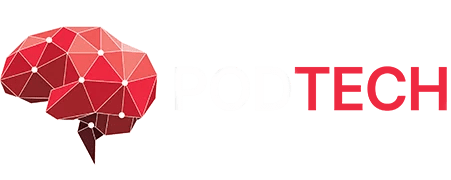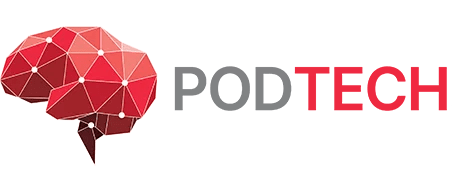Agile Software Development Methods: An In-Depth Guide
Agile software development methods have revolutionized the way teams approach project management and software creation. By emphasizing flexibility, collaboration, and customer feedback, Agile methodologies enable teams to deliver high-quality software efficiently. In this guide, we will explore various Agile methods, their unique features, and how to choose the right one for your team.
Understanding Agile Software Development Methods
Agile methods are iterative and incremental approaches that promote continuous improvement and adaptability. These methods provide frameworks for teams to work collaboratively, respond to changes quickly, and deliver value to customers frequently.
Key Agile Methods
There are several Agile methods that teams can adopt, each with its own strengths and best use cases. Here, we will discuss some of the most popular Agile methodologies:
Scrum
Scrum is one of the most widely used Agile methods. It organizes work into sprints, which are time-boxed iterations typically lasting two to four weeks. Scrum teams hold daily stand-up meetings to discuss progress and obstacles, and at the end of each sprint, they conduct a review and retrospective to evaluate their performance and identify areas for improvement.
Kanban
Kanban focuses on visualizing the workflow and limiting work in progress (WIP) to improve efficiency. Teams use a Kanban board to track tasks through different stages of completion, ensuring that they can manage their work more effectively and avoid bottlenecks.
Lean Software Development
Lean software development is inspired by lean manufacturing principles. It aims to eliminate waste, optimize processes, and deliver value to customers quickly. Lean encourages continuous improvement, just-in-time production, and a strong focus on customer feedback.
Extreme Programming (XP)
Extreme Programming (XP) emphasizes technical excellence and frequent releases. It includes practices such as pair programming, test-driven development (TDD), and continuous integration to ensure high-quality code and rapid delivery.
Crystal
Crystal is a family of methodologies that adapt to the size and complexity of the project. It focuses on frequent delivery, reflective improvement, and close communication. Different Crystal methods, such as Crystal Clear, Crystal Orange, and Crystal Red, cater to different team sizes and project criticalities.
Choosing the Right Agile Method
Selecting the right Agile method for your team depends on several factors, including team size, project complexity, and organizational culture. Here are some tips to help you make an informed decision:
Assess Your Team’s Needs
Consider the specific needs and characteristics of your team. For instance, if your team benefits from visualizing work and managing WIP, Kanban might be the best fit. If you need a structured approach with defined roles and ceremonies, Scrum could be more suitable.
Evaluate Project Complexity
The complexity of your project can influence your choice of Agile method. For highly complex projects requiring technical excellence, Extreme Programming (XP) may be ideal. For projects where reducing waste and optimizing processes is crucial, Lean could be the best approach.
Consider Organizational Culture
Your organization’s culture and existing processes should also play a role in your decision. Agile methods that align well with your organization’s values and practices will be easier to implement and more likely to succeed.
Implementing Agile Methods Successfully
Once you have chosen an Agile method, it’s essential to implement it effectively to achieve the desired benefits. Here are some best practices for successful implementation:
Provide Adequate Training
Ensure that your team receives proper training on the chosen Agile method. This will help them understand the principles, practices, and tools required for successful implementation.
Foster a Collaborative Environment
Agile thrives in a collaborative environment where team members communicate openly and work together towards common goals. Encourage collaboration through regular meetings, feedback sessions, and team-building activities.
Focus on Continuous Improvement
Agile is all about continuous improvement. Regularly review your processes, gather feedback, and make necessary adjustments to enhance efficiency and effectiveness.
Conclusion
Agile software development methods offer numerous benefits, from increased flexibility to improved customer satisfaction. By understanding the various Agile methodologies and choosing the right one for your team, you can enhance your software development process and deliver high-quality products more efficiently. Embrace Agile principles, invest in training, and foster a collaborative culture to achieve the best results.


